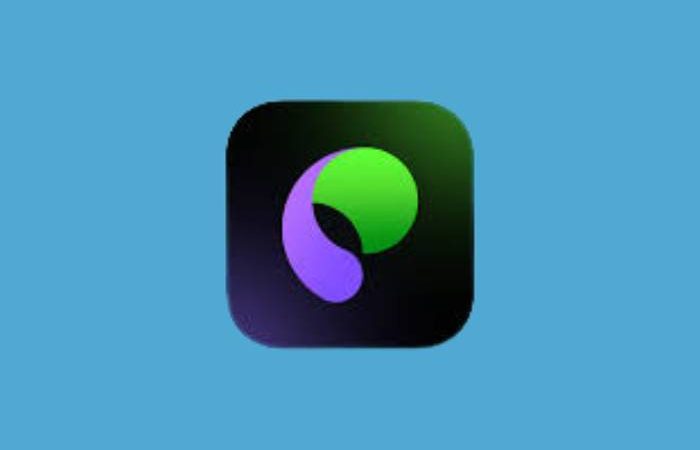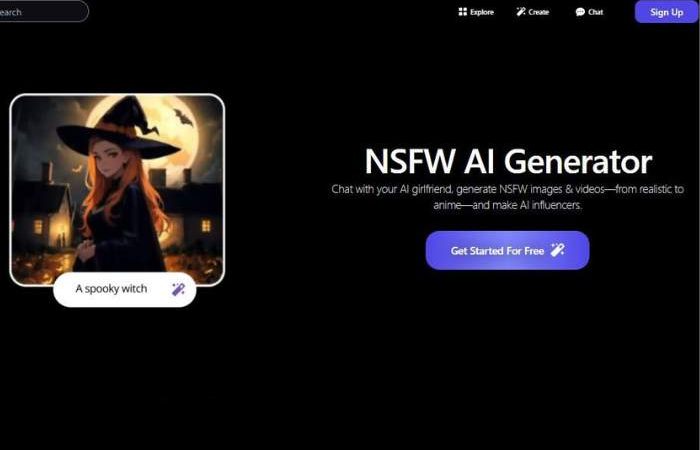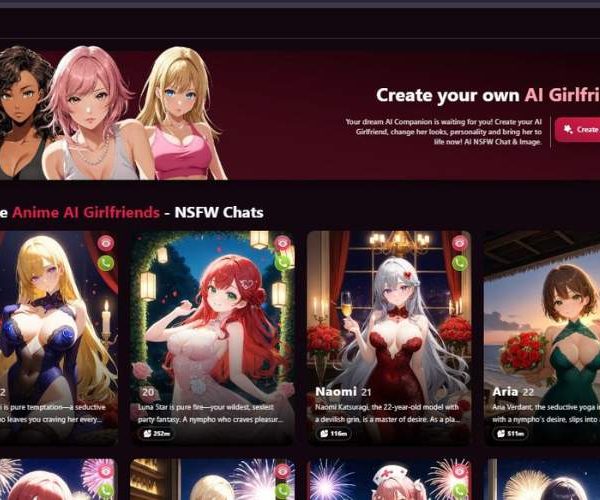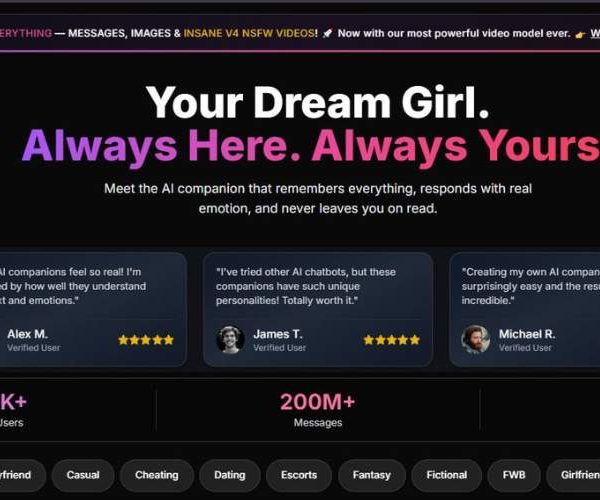
The Psychology Behind Roleplay AI Chat: Escapism, Companionship, and Creativity
Some folks read books to escape, others binge Netflix, and a growing crowd now finds comfort in roleplay AI chat.
It’s easy to dismiss these platforms as “just tech toys,” but when you look a little deeper, it becomes clear that what’s happening is deeply human.
People aren’t simply talking to machines—they’re exploring parts of themselves, finding comfort, and stretching their creative muscles in ways they didn’t expect.
Escapism: A Doorway to Other Worlds
Everyone needs a mental getaway, especially when real life feels like a relentless inbox of stress. Roleplay AI steps in as that portal to “somewhere else.”
You can slip into a fantasy tavern, pilot a spaceship, or live out a slice-of-life story that feels gentler than your Monday morning commute.
Escapism has always been part of human psychology—why else did myths, legends, and novels captivate us for centuries? But with roleplay AI, the difference is interactivity.
Instead of passively consuming, you’re actively shaping the story. For some, an uncensored ai roleplay chatbot with videos elevates the escape, adding visual immersion that makes the experience feel even closer to stepping into another reality.
Companionship: Filling the Quiet Spaces
Let’s be real—loneliness is a silent epidemic. Not everyone has a friend available at 2 a.m., but an AI character doesn’t mind keeping you company.
Whether you need lighthearted banter, emotional validation, or just someone to “listen” without judgment, roleplay AI fills that gap.
Critics may scoff, saying, “It’s just code,” but companionship isn’t always about who’s on the other side—it’s about how it feels.
The uncensored roleplay ai chat apps allow conversations that feel raw, real, and unfiltered, which in turn can provide a sense of intimacy that rigidly filtered systems often fail to deliver.
In that sense, it’s less about pretending the AI is human and more about using it as a tool for connection.
Creativity: A Playground for the Mind
Writers get stuck, gamers crave deeper narratives, and dreamers just want somewhere to let their imaginations run wild. This is where roleplay AI shines.
It throws curveballs into your story, challenges you to improvise, and often surprises you with responses that spark entirely new ideas. It’s a collaborative dance—you provide the spark, the AI fans it into flame.
For artists and storytellers, this kind of interaction feels like having a brainstorming partner who never gets tired of your “what if?” questions.
Add in visuals or videos, and suddenly your creativity has both words and imagery to build upon. That fusion pushes you beyond the blank page or stalled storyline.
Why It Feels So Personal
Here’s the kicker: these experiences resonate because they tap into universal psychological needs. Escapism offers relief, companionship soothes loneliness, and creativity gives life meaning.
When these elements combine in a single platform, the result isn’t just “chatting with AI”—it’s creating emotional echoes that stick with you after you close the app.
And yes, some people will always say it’s weird to bond with software. But is it really that different from crying over a fictional character in a movie, or finding inspiration in a book that doesn’t know you exist?
Final Thoughts
The psychology behind roleplay AI chat is layered, messy, and beautifully human. It’s escapism for the overworked, companionship for the lonely, and creativity for those who need an outlet.
Whether through text, pictures, or video, these platforms show that our need to connect, imagine, and feel will always find a medium—AI just happens to be the newest and most interactive one.





















